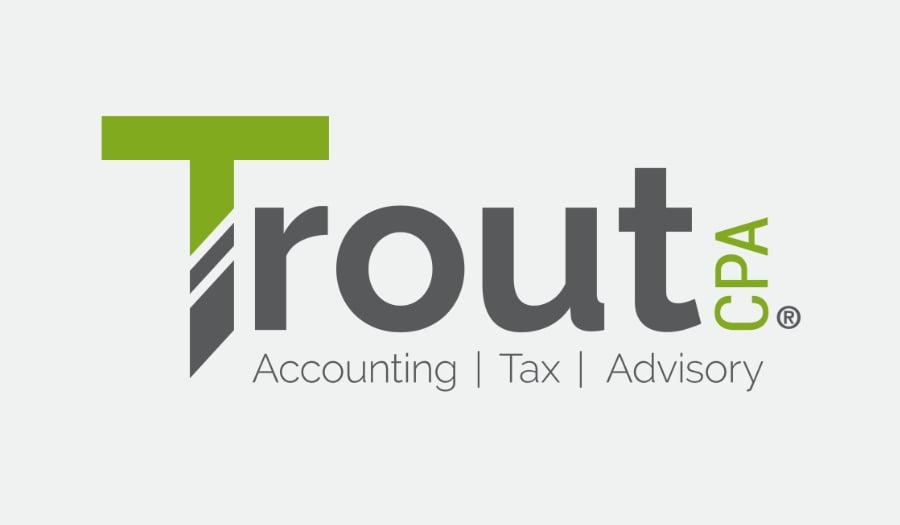Two COVID-19 aid packages recently became law that deliver federal assistance to employers by providing them credits against their payroll taxes. The Families First Coronavirus Response Act (FFCRA) provides 100% of the funds needed by employers with fewer than 500 employees to pay federally mandated emergency leave to employees caring for themselves or others for COVID-19 reasons. The Coronavirus Aid, Relief, and Economic Security (CARES) Act provides partial assistance to employers who continue to pay employees instead of sending them to the unemployment system. In addition, the CARES Act permits employers to defer payment of their remaining 2020 Social Security payroll tax liabilities into 2021 and 2022. All this assistance is delivered through the existing system used by employers to deposit federal payroll taxes. Taken together, these provisions provide significant relief for employers that continue paying wages to employees.
What Relief is Available?
FFCRA Emergency Sick Leave Payroll Tax Credit
- Employer has fewer than 500 employees per entity
- Pays employees who request up to 80 hours of leave for COVID-19 related self-care or care of others
- Credit limited to lesser of 100% or two-thirds of employee’s regular pay or daily rate of $511/$200 depending of reason for leave
FFCRA Emergency Family Medical Leave Payroll Tax Credit
- Employer has fewer than 500 employees including affiliates as defined by FMLA
- Pays employees who request up to 12 weeks of leave to care for a child under age 18 whose school or care provider is unavailable due to COVID-19
- Credit limited to the lesser of two-thirds of employee’s regular pay or daily rate of $200 for 10 weeks
CARES Payroll Tax Deferral
- Employer of any size can defer its payment of employer Social Security (6.2%) beginning March 27, 2020, and ending December 31, 2020
- 50% must be paid by December 31, 2021, with remainder due by December 31, 2022
CARES Employee Retention Payroll Tax Credit
- An eligible employer is one that has had
- Operations fully or partially suspended due to COVID-19 related government order that limits commerce, travel or group meetings; or
- Gross receipts for the 2020 quarter decline more than 50% when compared to the same 2019 quarter (eligibility continues through the 2020 quarter in which gross receipts are greater than 80% of gross receipts in the same 2019 quarter)
- For employers with greater than 100 employees, tax credit is 50% of wages up to $10,000 paid to employees who are NOT performing service (max credit of $5,000 per employee)
- For employers with 100 or fewer employees, tax credit is 50% of wages up to $10,000 paid to any and all employees (max credit of $5,000 per employee)
- Employer is determined on a controlled group/affiliated service group basis
- Employer is not eligible for the tax credit if it receives an SBA loan under the Paycheck Protection Program
Steps Companies Should Take
1 - Assess Eligibility: Employers should identify the payroll tax relief options for which they qualify.
- Evaluate whether the employer meets the 500 or 100 employee count limitations.
- Assess requirements for employee requested leave in connection with paid sick leave and FMLA mandates.
Identify whether the employer has experienced a full or partial suspension of business due to governmental order. - Track, as governments revoke shutdown orders, whether a partial suspension of business operations remains.
- Determine whether the employer meets the initial reduction in gross receipts test.
- Monitor subsequent quarters for loss of the gross receipts test eligibility.
- Consult on whether or when SBA loan activity ends eligibility
- Review posted payroll and hours information to identify employees and wages that are eligible for credits.
- Identify whether and to what extent an employee may not be providing services.
- Identify the qualified payments related to the Employee Retention, Emergency Sick Leave and Emergency FMLA credits.
- Calculate the amount of Employee Retention, Emergency Sick Leave and Emergency FMLA credits on a pay-period basis or other frequency.
- Perform quarterly reconciliation of all eligible credits for IRS Form 941 reporting purposes.
- Determine the amount of reduced payroll tax remittance for eligible credits and employer Social Security tax deferral.
- Prepare IRS Form 7200 for purposes of requesting an advanced refund of eligible credits.
- Prepare current or amended Forms 941 to include credit amounts or initiate refund claims.
- Determine documentation needed to support eligibility and qualifying wage payment requirements for the Employee Retention Credit.
- Review paid leave request forms to ensure the required documentation is gathered for Emergency Sick Leave and Emergency FMLA credits as prescribed by the IRS.
- Ensure compliance with various labor laws.
Document in writing the credit calculation methodology, underlying data, and supporting authority.
For questions or assistance, click the button below or call 717-569-2900.






